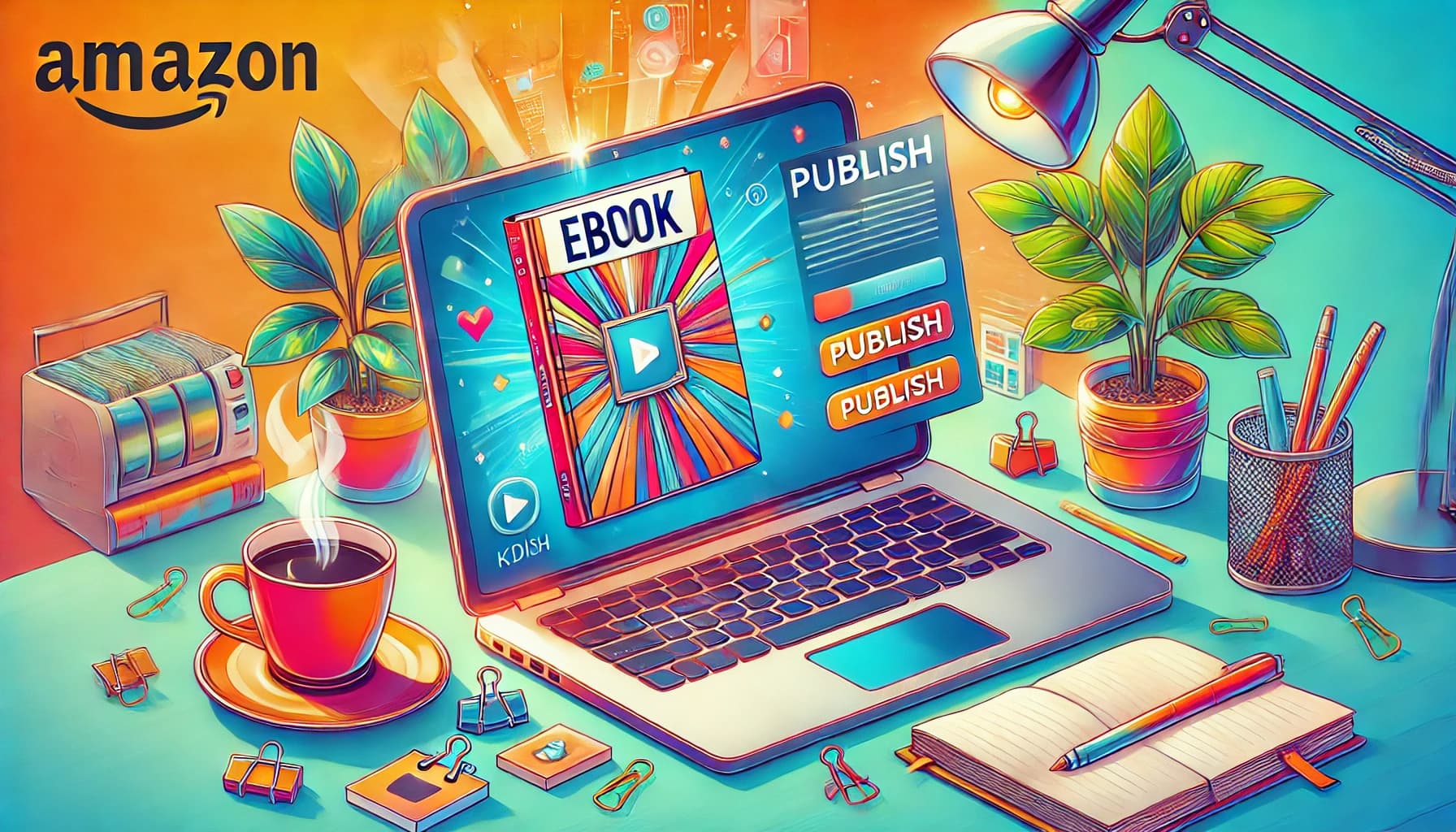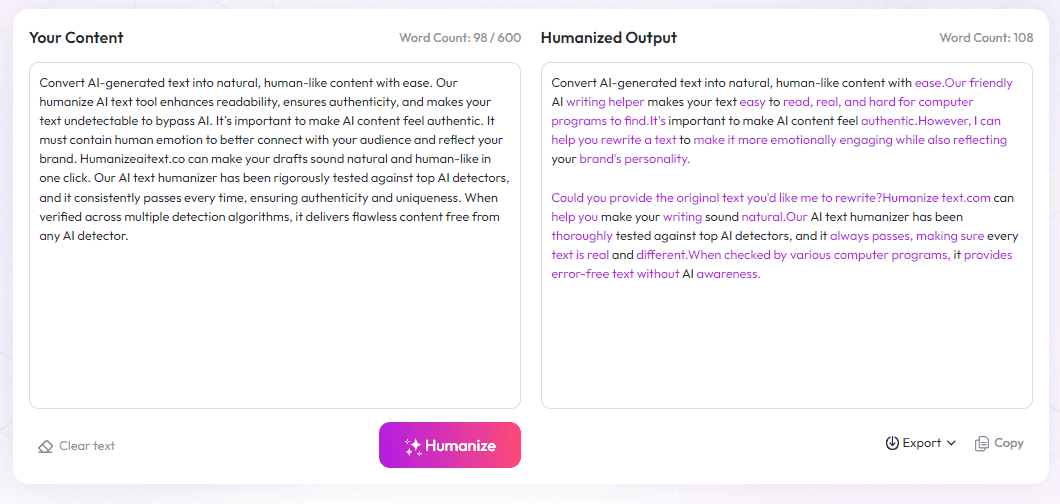Table of Contents
Hey, I get it—creating reader quizzes that are both fun and effective can be tricky. Sometimes, they feel like more work than they’re worth, or they don’t really hit the mark for engagement or learning.
But hang on, if you keep reading, I promise you'll discover simple ways to make your quizzes more interesting, helpful, and even addictive for your audience. From clear goals to fun elements, I'll walk you through the key parts that can truly boost your results.
In the next sections, you'll see how to choose the right questions, give quick feedback, personalize content, and use gamification—all without the headache. Let's get started on transforming your quizzes into must-try activities!
Key Takeaways
Key Takeaways
- Use clear goals to create quizzes that match your desired learning outcomes, like understanding or recall.
- Include engaging features such as clickable images or media to make quizzes fun and hold attention longer.
- Choose question types wisely—multiple-choice for quick checks, short answers for deeper thinking, and scenario questions for application.
- Offer immediate feedback to help readers learn from mistakes right away and stay motivated.
- Keep quizzes short and focused, around 5-10 questions, to keep readers engaged and make information easier to remember.
- Personalize quizzes based on reader data to make questions relevant and improve learning efficiency.
- Analyze quiz results to spot areas where readers struggle and improve future questions or content accordingly.
- Embed quizzes naturally within your content rather than making them feel like separate tasks to boost engagement.
- Use data and testing to find the most effective quiz formats and question styles for your audience.
- Encourage sharing scores and badges on social platforms to foster community, friendly competition, and wider reach.

Interactive reader quizzes are powerful tools that engage readers and reinforce their understanding of content. These digital assessments typically involve multiple question formats like multiple-choice, true/false, or short answers designed to test comprehension instantly. They not only make reading more interactive but also provide immediate feedback, helping readers learn from their mistakes right away.
To create effective interactive quizzes that truly improve reading experience, start by defining clear objectives. Know exactly what you want your quiz to achieve—whether it's checking understanding, encouraging recall, or sparking curiosity. When objectives are focused, it becomes easier to craft questions that align with your goals, making your quizzes precise and meaningful.
In today’s digital learning environment, incorporating interactive elements such as clickable images, drag-and-drop activities, or embedded media can significantly boost engagement. These features make quizzes more fun and less like a test, which can motivate readers to participate and stay focused longer. For example, a vocabulary quiz might include matching words to definitions with draggable labels, turning a passive activity into an active challenge.
Choosing the right question types is crucial for assessing and enhancing knowledge effectively. Multiple-choice questions are great for quick comprehension checks, true/false for rapid assessment, and short-answer questions for deeper reflection. For more nuanced understanding, consider using scenario-based questions that require application of knowledge. An AI-powered quiz tool, such as Mathos AI, can help tailor question types based on individual progress, improving accuracy and learning outcomes.
Immediate feedback is a game changer in interactive quizzes. When readers see their results right after answering, they can instantly recognize their strengths and identify areas needing improvement. For instance, a quiz might highlight correct answers in green and provide hints or explanations for incorrect ones, cementing their understanding while keeping motivation high.
Design shorter, focused quizzes that target specific learning points. A sprawling 20-question quiz can overwhelm readers and reduce engagement, whereas concise quizzes with 5-10 questions keep attention sharp and allow for quick assessment leads. Think of each quiz as a bite-sized knowledge snack—easy to digest and easy to recall.
Personalization makes quizzes more relevant and impactful. Use data such as readers’ previous answers or reading levels to adapt questions dynamically. This tailored approach helps meet your audience’s specific needs—whether they’re beginners or advanced learners—making the learning process more efficient and less frustrating.
Data gathered from quiz results can provide valuable insights into what’s working and what’s not. By analyzing question difficulty, common misconceptions, or engagement patterns, you can refine future quizzes. For example, if many readers struggle with a specific concept, you might create more targeted questions or explanatory content to bridge the gaps.
Creating a seamless integration of quizzes into your content or platform ensures that readers view these assessments as a natural part of their learning journey. Embedding quizzes within e-books, articles, or educational platforms enhances user experience and encourages continuous participation without feeling intrusive.
Sharing results can foster a sense of community and friendly competition among readers. Leaderboards, badges, or group challenges motivate learners to engage more deeply with your content. When users see their progress and compare with peers, it adds an extra layer of motivation, transforming passive reading into an active and social experience.

11. Incorporate Proven Gamification Strategies to Motivate Learners
Using game mechanics like badges, points, and levels can make quizzes more fun and encourage repeated participation.
Start by awarding badges for high scores or completing certain quiz streaks to boost motivation.
Adding leaderboards can ignite friendly competition, but be careful to keep it inclusive so all learners feel encouraged.
Also, consider integrating mini-challenges or timed quizzes to create a sense of urgency and excitement.
This approach taps into intrinsic motivation, making learning feel less like a chore and more like a game.
12. Embed Quizzes Into Your Content Without Disrupting Flow
Instead of making quizzes feel like add-ons, embed them naturally within your articles or e-books for better engagement.
For example, insert short questions after a key section to reinforce learning without interrupting your narrative.
Use clickable hotspots or embedded media that open inline quizzes without forcing readers to leave the page.
Test different placements to see where users are most receptive—some prefer quick checks at the end, others during transitions.
This way, quizzes become a seamless part of the reading experience rather than a separate task.
13. Leverage Real-Time Data to Make Quizzes More Effective
Analyzing quiz results helps identify common misconceptions and areas where learners struggle most.
When many users miss the same question, consider revisiting that topic or providing additional explanations.
Use analytics tools or AI-driven platforms to see patterns in answer choices and adapt future questions accordingly.
For example, if data shows a specific vocabulary word confuses learners, create targeted review questions for that term.
This continuous feedback loop improves the quality of your quizzes and enhances overall learning outcomes.
14. Use A/B Testing to Find the Most Engaging Quiz Formats
Experiment with different question styles, layouts, and feedback methods to see what resonates best with your audience.
For instance, compare engagement levels between multiple-choice and fill-in-the-blank questions.
Split your audience into groups to test variations, such as giving immediate feedback versus delayed responses.
Review the data regularly to refine your quiz design for maximum participation and comprehension.
This approach helps you discover what keeps your readers motivated and ensures your quizzes continually improve.
15. Promote Community and Social Sharing Through Quiz Results
Encourage learners to share their scores or badges on social media to build a sense of community.
Offer incentives like shout-outs or recognition for top performers or consistent participants.
Implement group challenges where readers can team up or compete against each other for fun rewards.
Creating a shared experience boosts motivation and turns passive readers into active participants.
Plus, social sharing extends your reach organically, attracting new readers interested in your interactive content.
FAQs
Define specific learning outcomes and skills you want to assess. Clear objectives guide question development and ensure the quiz measures what learners are expected to grasp, making the quiz more focused and purposeful.
Using clickable options, drag-and-drop activities, and multimedia elements like videos or images can make quizzes more engaging. Interactive elements keep participants involved and encourage active participation throughout the quiz.
Multiple-choice, true/false, and short answer questions are effective for evaluating comprehension. Choosing the right format depends on what you aim to measure, ensuring accurate assessment and learning reinforcement.
Immediate feedback helps learners understand their mistakes quickly, reinforcing correct knowledge. It promotes better retention and keeps participants motivated to continue learning through the quiz.



